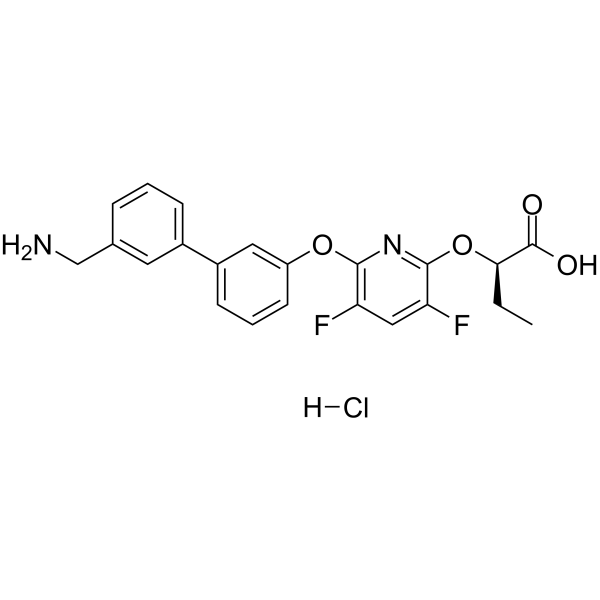Ser/Thr Protease
Serine proteases are enzymes that cleave peptide bonds in proteins, in which serine serves as the nucleophilic amino acidat the active site. They are found ubiquitously in both eukaryotes and prokaryotes. Serine proteases fall into two broad categories based on their structure: chymotrypsin-like or subtilisin-like. In humans, serine proteases are responsible for co-ordinating various physiological functions, including digestion, immune response, blood coagulation and reproduction. Threnonine proteases are a family of proteolytic enzymes harbouring a threonine (Thr) residue within the active site. The prototype members of this class of enzymes are the catalytic subunits of the proteasome, however the acyltransferases convergently evolved the same active site geometry andmechanism.
Targets for Ser/Thr Protease
Products for Ser/Thr Protease
- Cat.No. Product Name Information
-
GC65044
Alirocumab (anti-PCSK9)
Alirocumab (anti-PCSK9) is a human monoclonal antibody inhibiting proprotein convertase subtilisin/kexin type 9 (PCSK9).
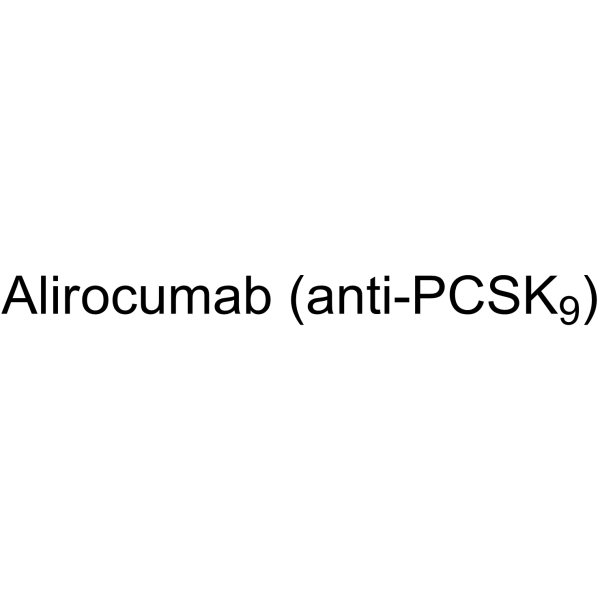
-
GC40032
Antipain (hydrochloride)
Antipain (hydrochloride) is a protease inhibitor isolated from Actinomycetes.

-
GC68302
AS-Inclisiran

-
GC42915
Benzamidine (hydrochloride)
Benzamidine is a reversible inhibitor of serine proteases, including trypsin, plasmin, and thrombin (Kis = 35, 350, and 220 μM, respectively).

-
GC67751
Berotralstat dihydrochloride
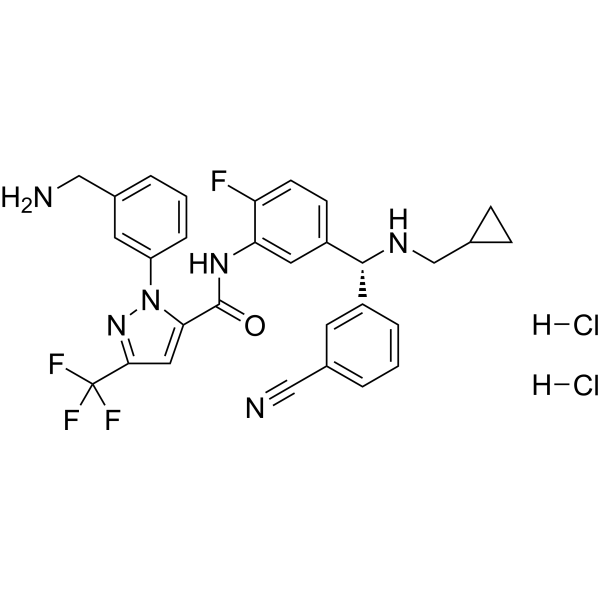
-
GC62175
Cetraxate hydrochloride
Cetraxate hydrochloride (DV-1006), an orally active anti-ulcer agent with mucosal protective effects, can be used for gastric ulcers research.
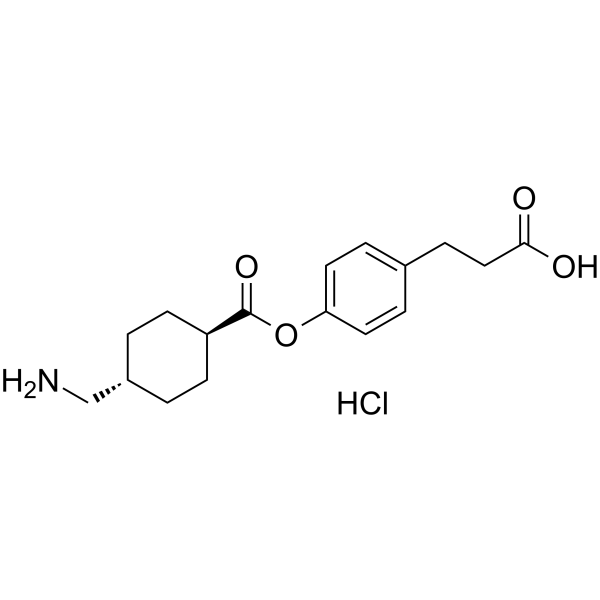
-
GC66092
Chymotrypsin
Chymotrypsin (Chymotrypsin A) is a serine protease produced by the pancreas. Chymotrypsin cleaves protein chains at the carboxyl side of aromatic amino acids.
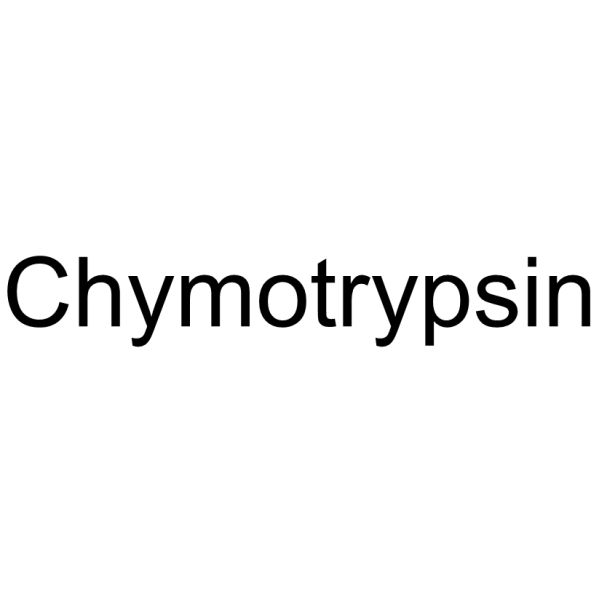
-
GC62408
CRA-2059 hydrochloride
CRA-2059 hydrochloride is a highly specific and selective tryptase inhibitor, with a Ki of 620 pM for recombinant human tryptase-β (rHTβ).
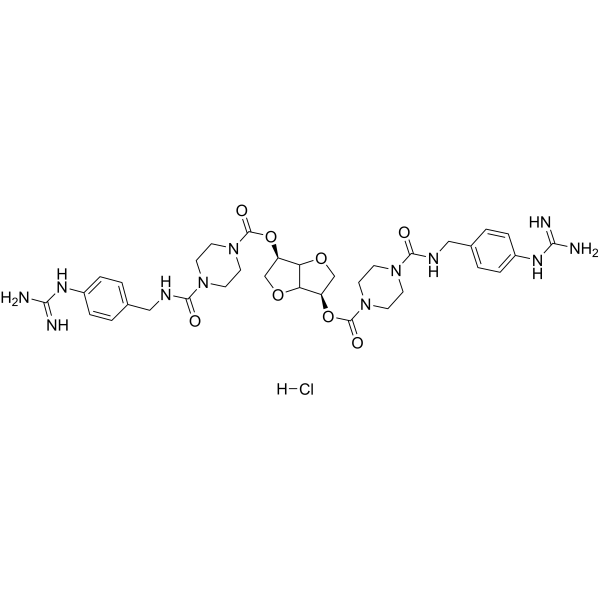
-
GC62910
CRA-2059 TFA
CRA-2059 is a highly specific and selective tryptase inhibitor, with a Ki of 620 pM for recombinant human tryptase-β (rHTβ).
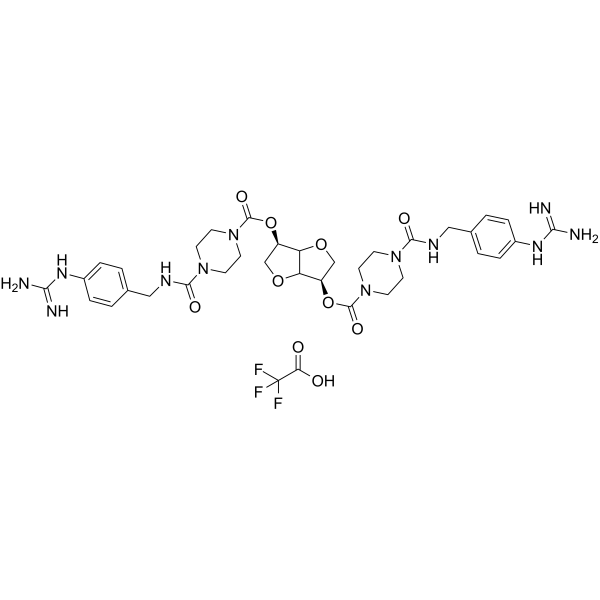
-
GC64281
Evolocumab
Evolocumab (AMG 145) is a human monoclonal antibody that inhibits PCSK9.
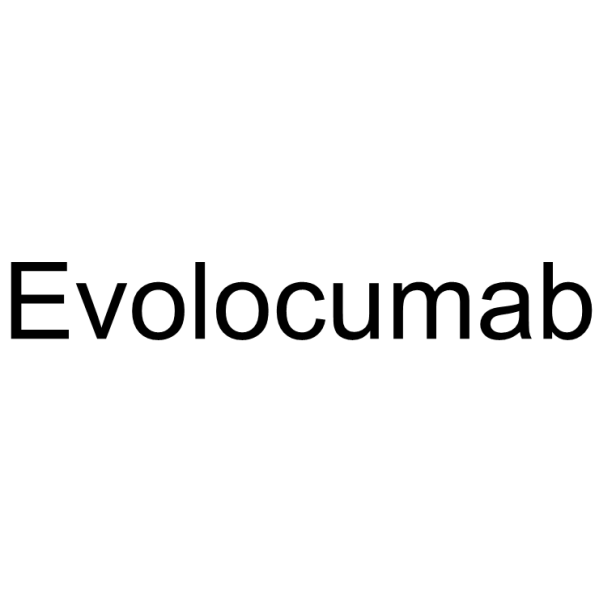
-
GC60856
FOY 251
FOY 251, an anti-proteolytic active metabolite Camostate, acts as a proteinase inhibitor.
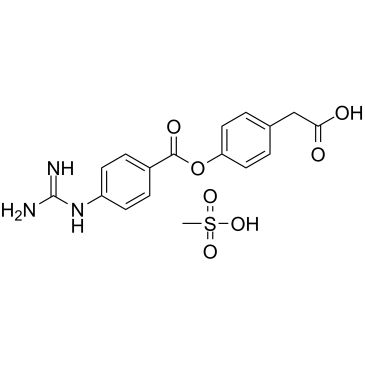
-
GC63423
Inclisiran
Inclisiran (ALN-PCSsc) is a double-stranded small interfering RNA (siRNA) molecule that inhibits the transcription of PCSK-9.

-
GC17676
Nafamostat
Broad spectrum serine protease inhibitor, kallikrein inhibitor
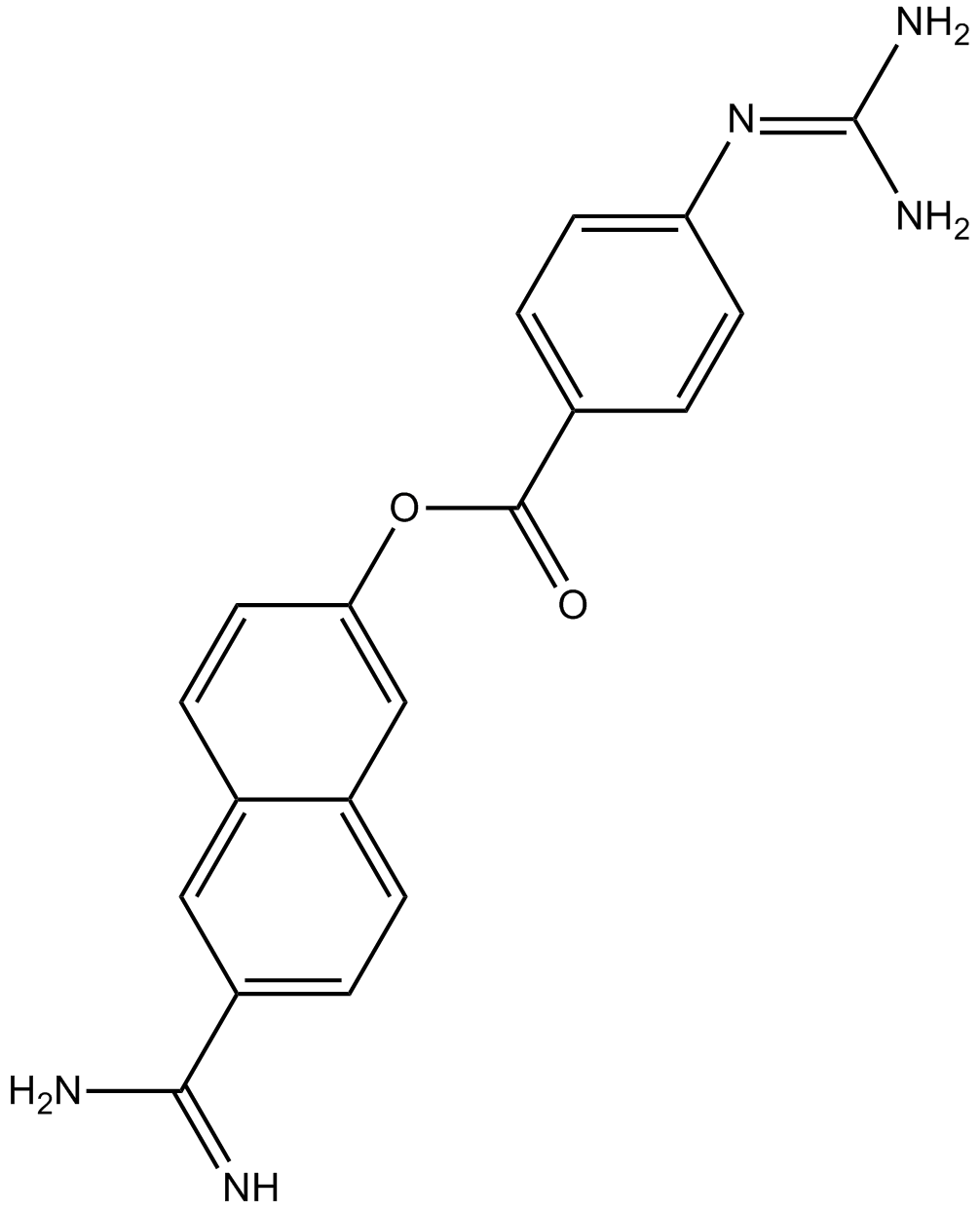
-
GC16290
Nafamostat hydrochloride
Synthetic serine protease inhibitor
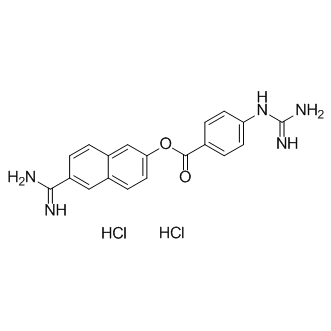
-
GC10613
Nafamostat Mesylate(FUT-175)
A serine protease inhibitor
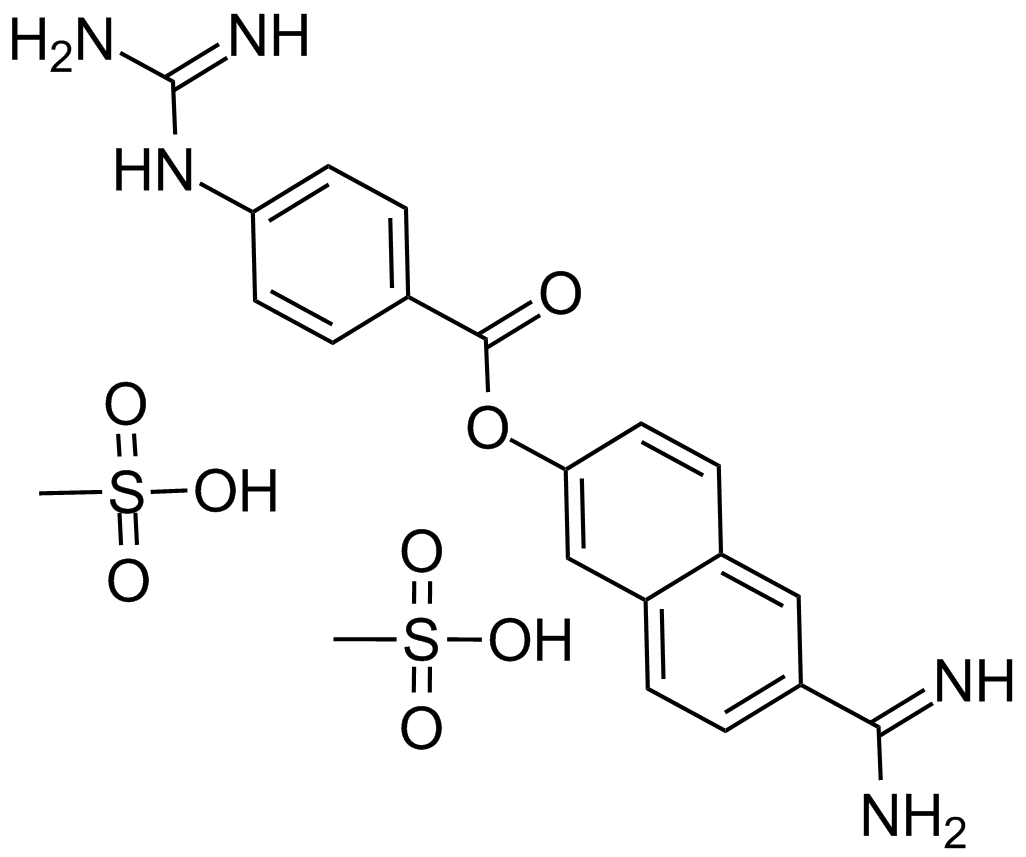
-
GC62306
Patamostat
Patamostat (E-3123) is a potent protease inhibitor.
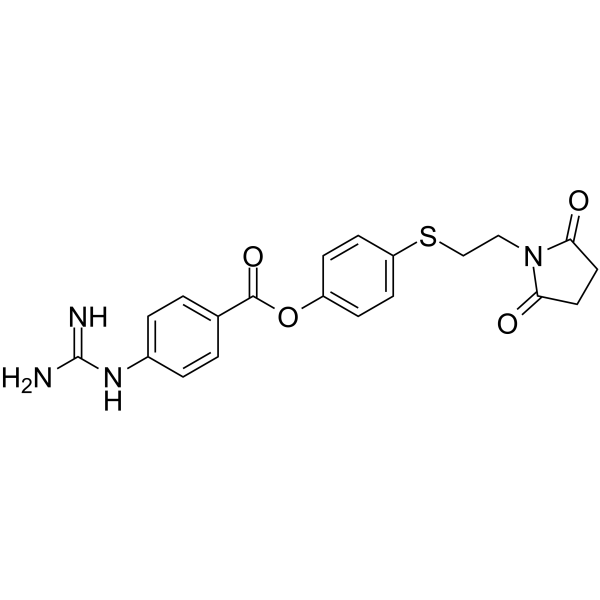
-
GC69670
PCSK9-IN-10
PCSK9-IN-10 is an effective, orally active PCSK9 inhibitor with an IC50 value of 6.4 µM. It increases the expression of LDLR protein and decreases the expression of PCSK9. PCSK9-IN-10 can slow down the progression of atherosclerosis. It has potential for researching hyperlipidemia.
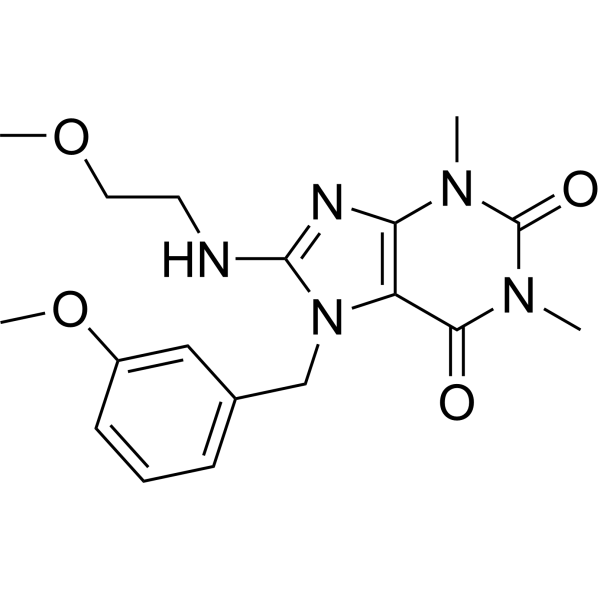
-
GC69671
PCSK9-IN-11
PCSK9-IN-11 (compound 5r) is an orally effective PCSK9 inhibitor. PCSK9-IN-11 exhibits transcriptional inhibition activity of PCSK9 in HepG2 cells with an IC50 of 5.7 μM. PCSK9-IN-11 increases the protein level of LDL receptor (LDLR). PCSK9-IN-11 can be used for atherosclerosis research.
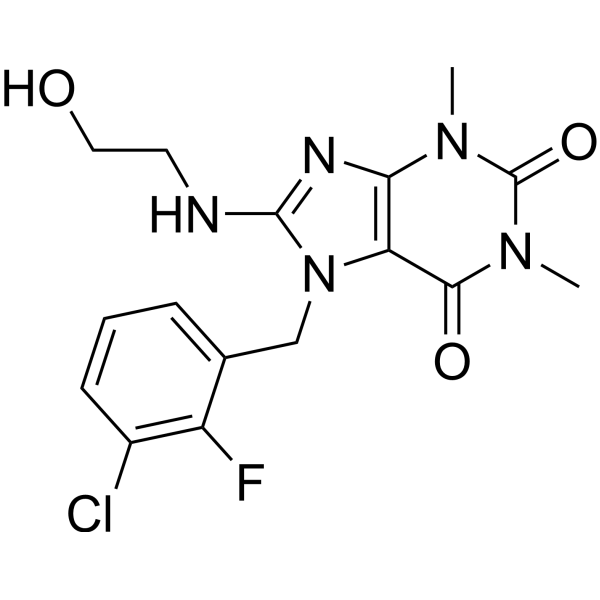
-
GC69672
PCSK9-IN-12
PCSK9-IN-12 is a heteroaromatic compound. It has binding affinity to PCSK9 with a Kd value of <200 nM. PCSK9-IN-12 can be used for research on cholesterol metabolism.
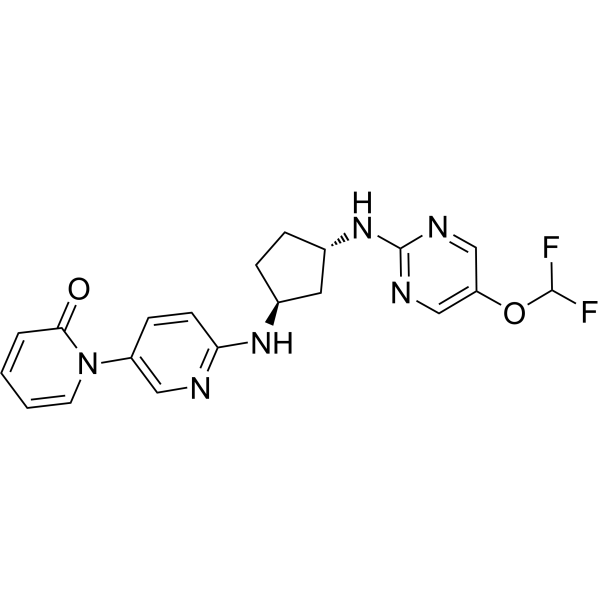
-
GC50447
Pep 2-8
Potent PCSK9 inhibitor

-
GC38028
PF-06446846 hydrochloride
PF-06446846 hydrochloride is an orally active and highly selective inhibitor of translation of Proprotein convertase subtilisin/kexin type 9 (PCSK9).
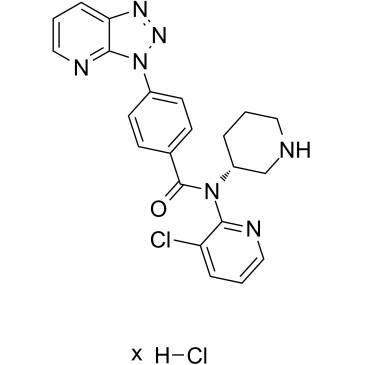
-
GC40998
Pinostrobin
Pinostrobin is a flavonoid with diverse biological activities, including antioxidant, anti-inflammatory, and anticancer properties.

-
GC64483
PKR-IN-C51
PKR-IN-C51(compound 51) is an ATP-competitive double-stranded RNA-activated protein kinase (PKR) inhibitor with an IC50 of 9 μM.
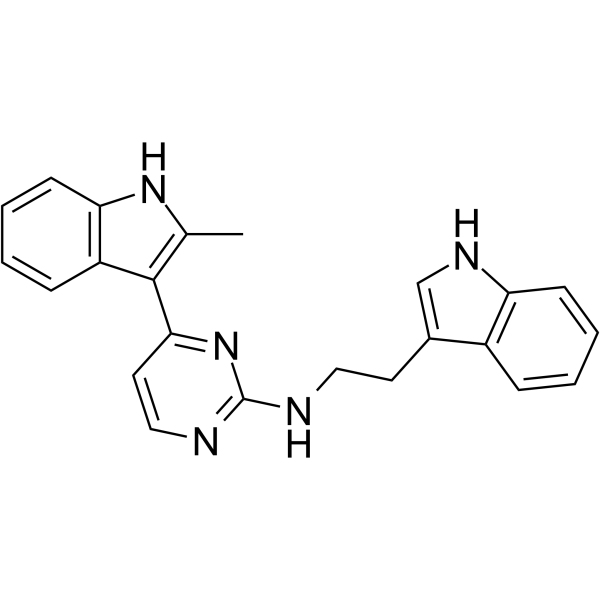
-
GC32456
R-IMPP
A cell-permeable inhibitor of PCSK9 secretion
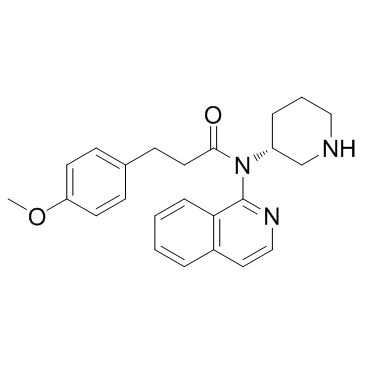
-
GC18424
SBC-110736
A PCSK9 inhibitor
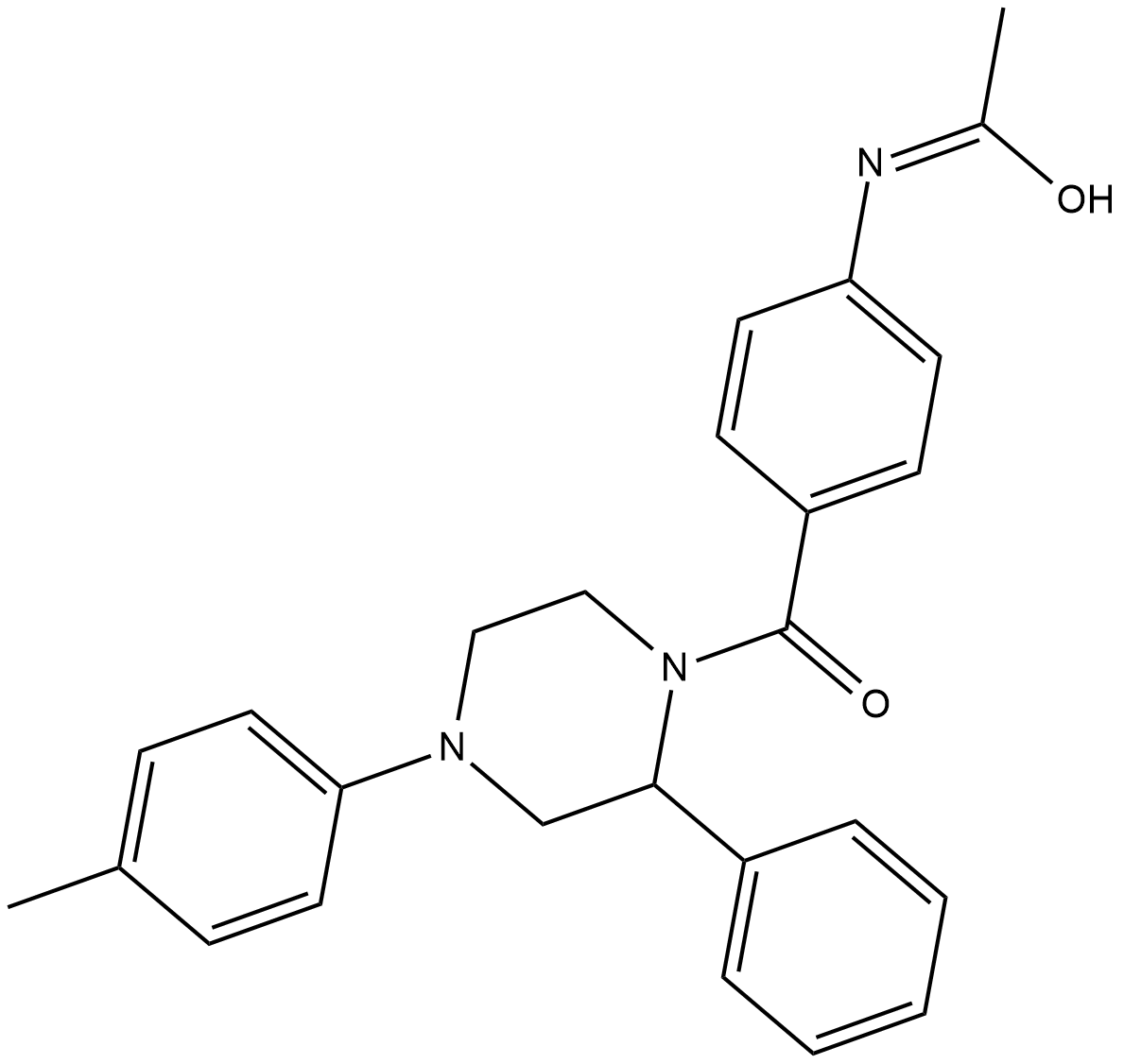
-
GC17417
SBC-115076
Anti-PCSK9 compound
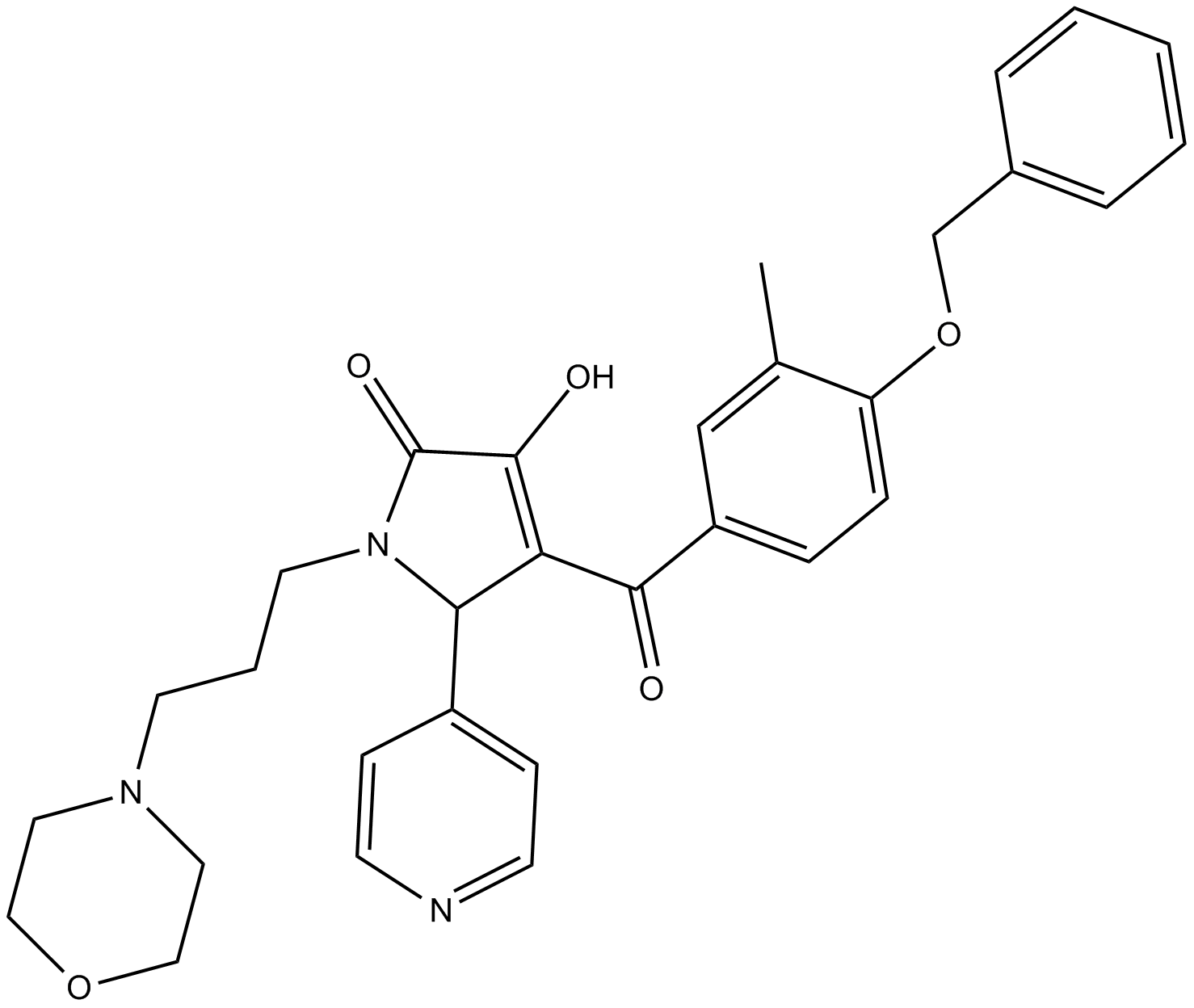
-
GC62303
SBC-115337
SBC-115337, as a potent benzofuran compound, is a PCSK9 inhibitor with an IC50 value of 0.5 μM.
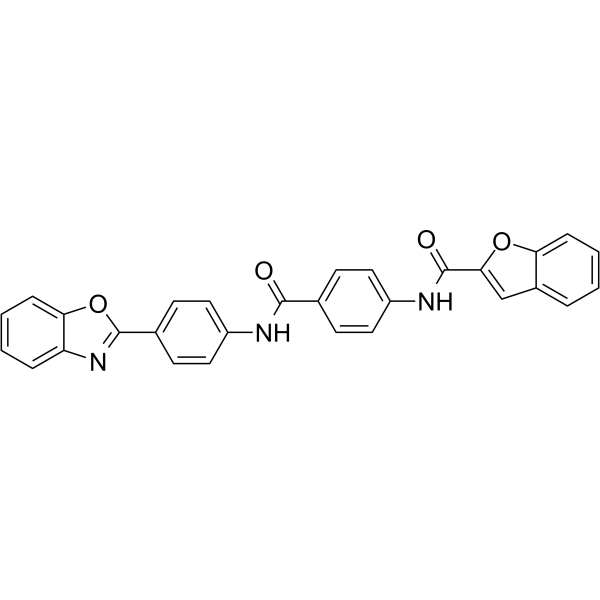
-
GC65958
Sebetralstat
Sebetralstat (KVD900) is a plasma kallikrein inhibitor (WO2016083820). Sebetralstat can be used for the research of metabolic diseases.
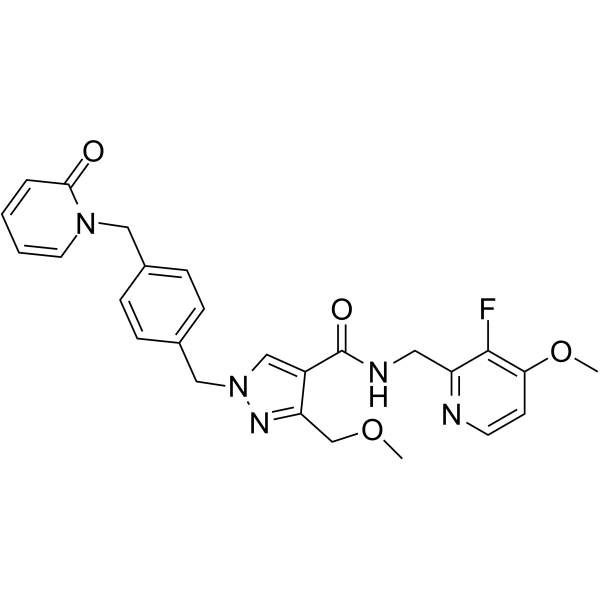
-
GC31716
UK-371804
A uPA inhibitor
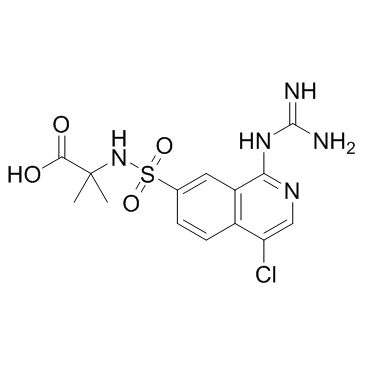
-
GC63693
UK122
UK122 is a potent and selective urokinase-type plasminogen activator (uPA) inhibitor with an IC50 of 0.2 μM. UK122 shows no or little inhibition of tissue-type PA (tPA), plasmin, thrombin, and trypsin (all IC50>100 μM). UK122, 4-oxazolidinone analogue, is an anticancer agent and inhibits cancer cell migration and invasion.
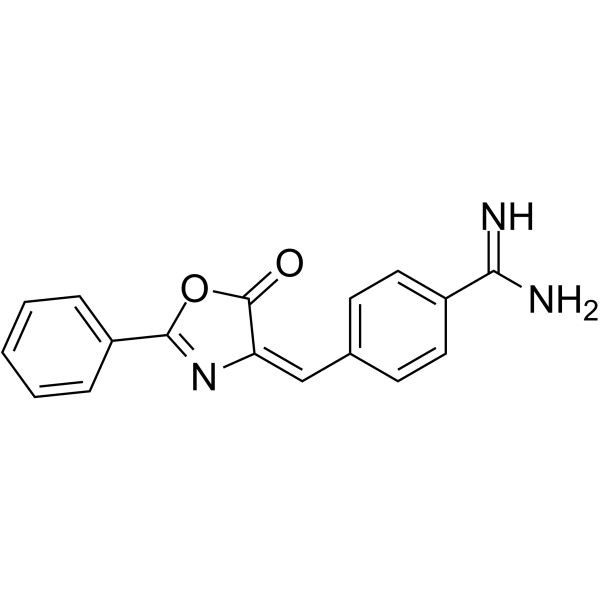
-
GC32882
Upamostat (WX-671)
Upamostat (WX-671) (WX-671) is a serine protease inhibitor. Upamostat (WX-671) is the orally available prodrug of the WX-UK1, which is a urokinase plasminogen activator (uPA) inhibitor.
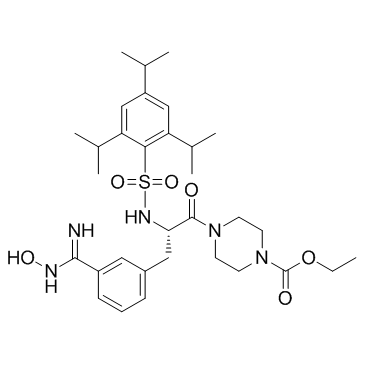
-
GC62662
WNK-IN-11 D3
WNK-IN-11 D3 is an orally active, selective and potent With-No-Lysine (WNK) kinase inhibitor.
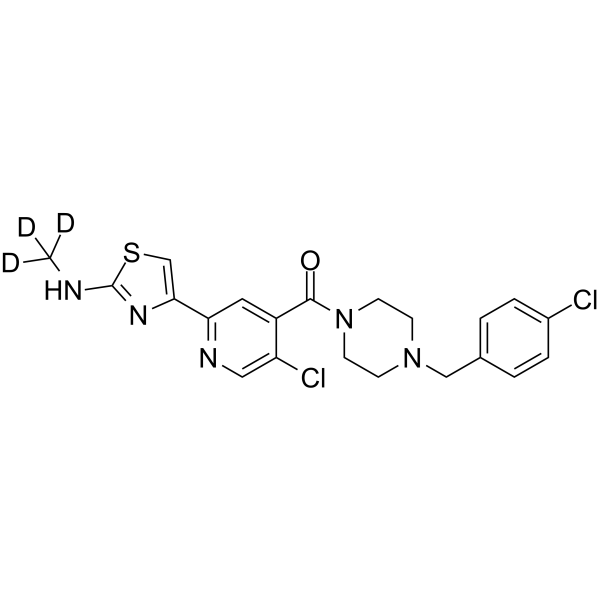
-
GC70147
WNK1-IN-1
WNK1-IN-1 is a selective inhibitor of WNK1 with an IC50 value of 1.6 μM. It inhibits the phosphorylation of OSR1 with an IC50 value of 4.3 μM. WNK1-IN-1 can be used for research on blood pressure regulation and cancer treatment.
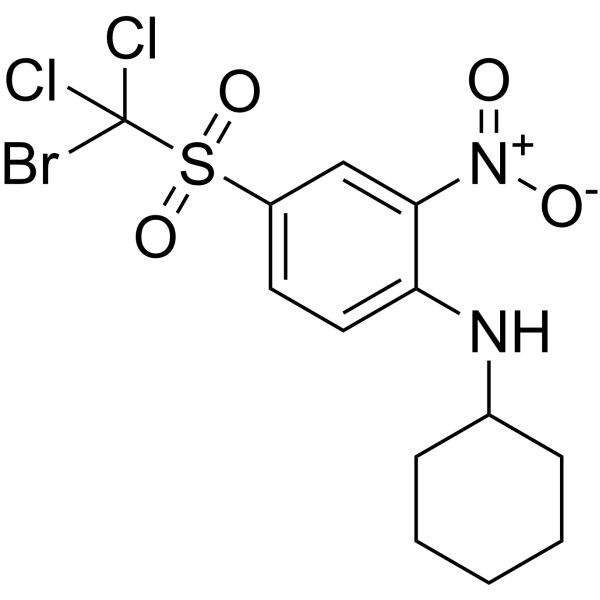
-
GC19383
WNK463
WNK463 is an orally bioavailable pan-WNK-kinase inhibitor with IC50s of 5, 1, 6, and 9 nM for WNK1, WNK 2, WNK 3, and WNK 4, respectively.
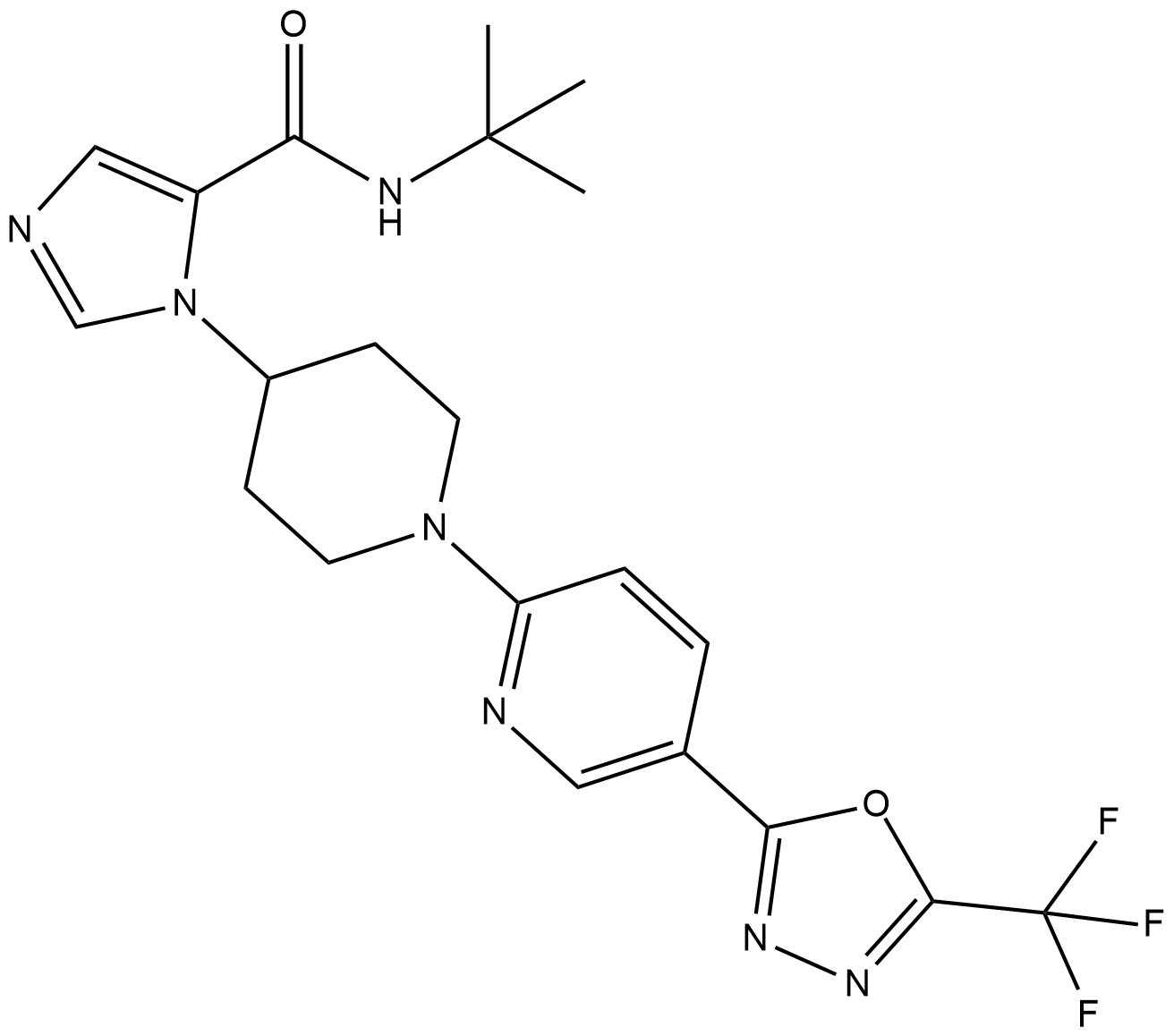
-
GC64686
ZK824190 hydrochloride
ZK824190 hydrochloride is an orally available and selective urokinase plasminogen activator (uPA) inhibitor as a potential treatment for multiple sclerosis.
